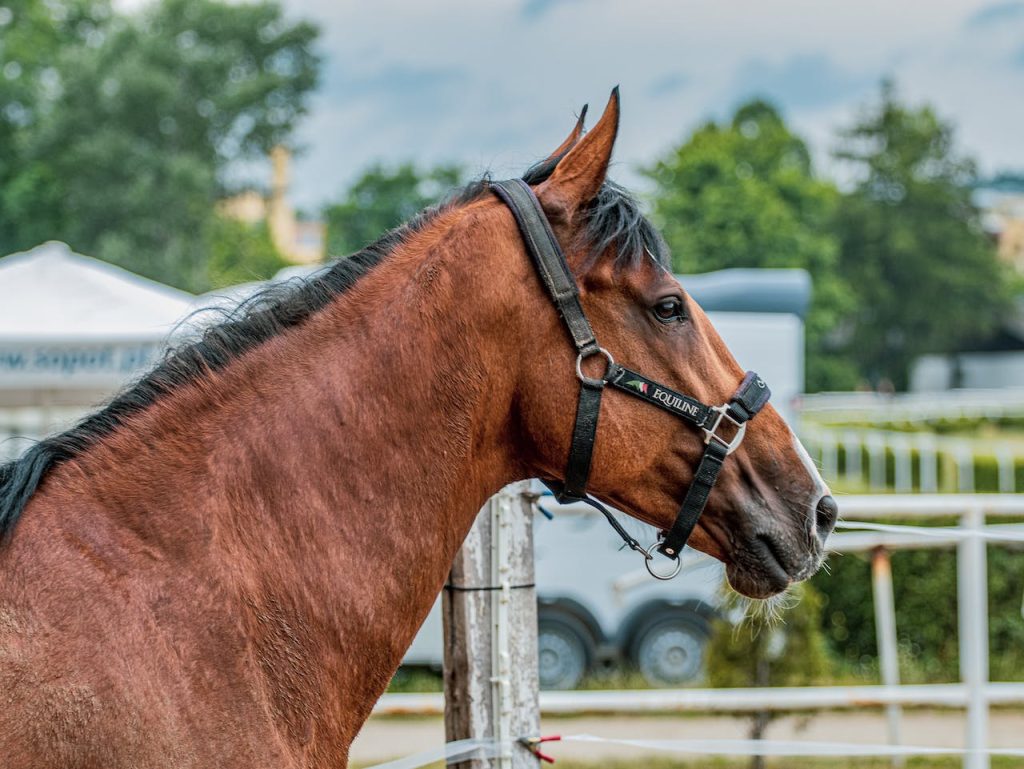In this comprehensive guide, we will delve deep into the world of headcollars, offering invaluable tips and tricks to ensure a smooth and safe interaction between you and your equine companion.
In the world of equestrianism, the horse headcollar is an essential piece of equipment that every horse owner should be familiar with. Whether you are a seasoned rider or a novice, understanding the ins and outs of horse headcollars can significantly enhance your equine experience.
In this comprehensive guide, we will delve deep into the world of headcollars, offering invaluable tips and tricks to ensure a smooth and safe interaction between you and your equine companion.
The Importance of Choosing the Right Horse Headcollar
Selecting the perfect horse headcollar is the first step towards a successful equine partnership. It’s not just about aesthetics; it’s about functionality and safety. Here’s what you need to consider when choosing the right headcollar:
Material Matters
The material of the headcollar plays a crucial role in its durability and comfort. Opt for a high-quality headcollar made from soft and strong materials such as leather or nylon. Leather exudes a classic charm, while nylon is easy to clean and maintain.
Fit Like a Glove
Ensure that the headcollar fits your horse snugly but not too tight. A well-fitted headcollar prevents chafing and discomfort. Make sure you can slide two fingers comfortably between the headcollar and your horse’s skin.
Adjustable for Safety
Look for headcollars with adjustable straps. This feature allows you to customize the fit for different horses, ensuring safety and comfort for each one. A headcollar that can adapt to various sizes is a valuable investment.
Breakaway Buckles for Peace of Mind
Safety should always be a priority. Consider a headcollar with breakaway buckles that release under pressure. This feature prevents accidents and injuries in case your horse gets caught on something while wearing the headcollar.
Horse Headcollar Types: Choose Wisely
Understanding the different types of horse headcollars is essential for a smooth and successful experience with your equine friend. Let’s explore some common types:
Flat Headcollars
Flat headcollars are the most basic and widely used type. They consist of a simple strap that goes around the horse’s head, with a metal buckle for fastening. They are suitable for everyday use and are easy to put on and take off.
Padded Headcollars
For added comfort, consider padded headcollars. They have cushioning around the nose and poll areas, reducing pressure points, and enhancing your horse’s comfort. Padded headcollars are an excellent choice for horses with sensitive skin.
Rope Halters
Rope halters are popular among natural horsemanship enthusiasts. They are made from sturdy rope and provide clear communication between you and your horse. Rope halters require proper training for effective use.
Leather Headcollars
Leather headcollars are not only stylish but also durable. They are an excellent choice for horses that are well-behaved and don’t tend to pull or bolt. Keep in mind that leather headcollars may require more maintenance to keep them looking their best.
Putting on and Adjusting a Horse Headcollar
Now that you’ve chosen the right headcollar for your horse, it’s essential to know how to put it on correctly and adjust it for a secure fit.
Step 1: Stand Calmly
Ensure that your horse is calm and relaxed before attempting to put on the headcollar. Approach your horse calmly and with confidence.
Step 2: Prepare the Headcollar
Hold the headcollar with the buckle in your dominant hand. Ensure that all straps are untangled and ready for use.
Step 3: Gently Approach
Approach your horse from the left side, and gently slide your hand over their nose, bringing the headcollar with it.
Step 4: Fasten the Buckle
Fasten the buckle on the right side of the horse’s head, securing it comfortably. Double-check that you can fit two fingers between the headcollar and your horse’s skin.
Step 5: Adjust as Needed
If the headcollar feels too loose or tight, adjust it accordingly using the straps. Always ensure that it fits securely but not uncomfortably.
Tips for a Smooth Experience with Horse Headcollars
Now that your horse is comfortably adorned with the headcollar let’s explore some tips and tricks to make your equine interactions even smoother:
Consistent Handling
Consistency is key when handling your horse with a headcollar. Use the same commands and cues consistently to avoid confusion.
Patience and Trust
Building trust with your horse takes time. Be patient and use positive reinforcement to reward good behaviour. Avoid harsh handling that can cause anxiety or fear.
Practice Groundwork
Groundwork exercises can help your horse become accustomed to the headcollar and your commands. It’s an excellent way to establish trust and respect.
Regular Maintenance
Regularly check your horse’s headcollar for wear and tear. Clean and oil leather headcollars to maintain their quality. Replace any damaged parts promptly.
Professional Help
If you’re unsure about any aspect of using a headcollar, don’t hesitate to seek professional help or training. An experienced trainer can provide valuable guidance.
In Conclusion
A well-chosen and properly fitted horse headcollar is a valuable tool for any horse owner. By understanding the different types, putting it on correctly, and following our tips and tricks, you can ensure a smooth and safe experience for both you and your equine companion.
